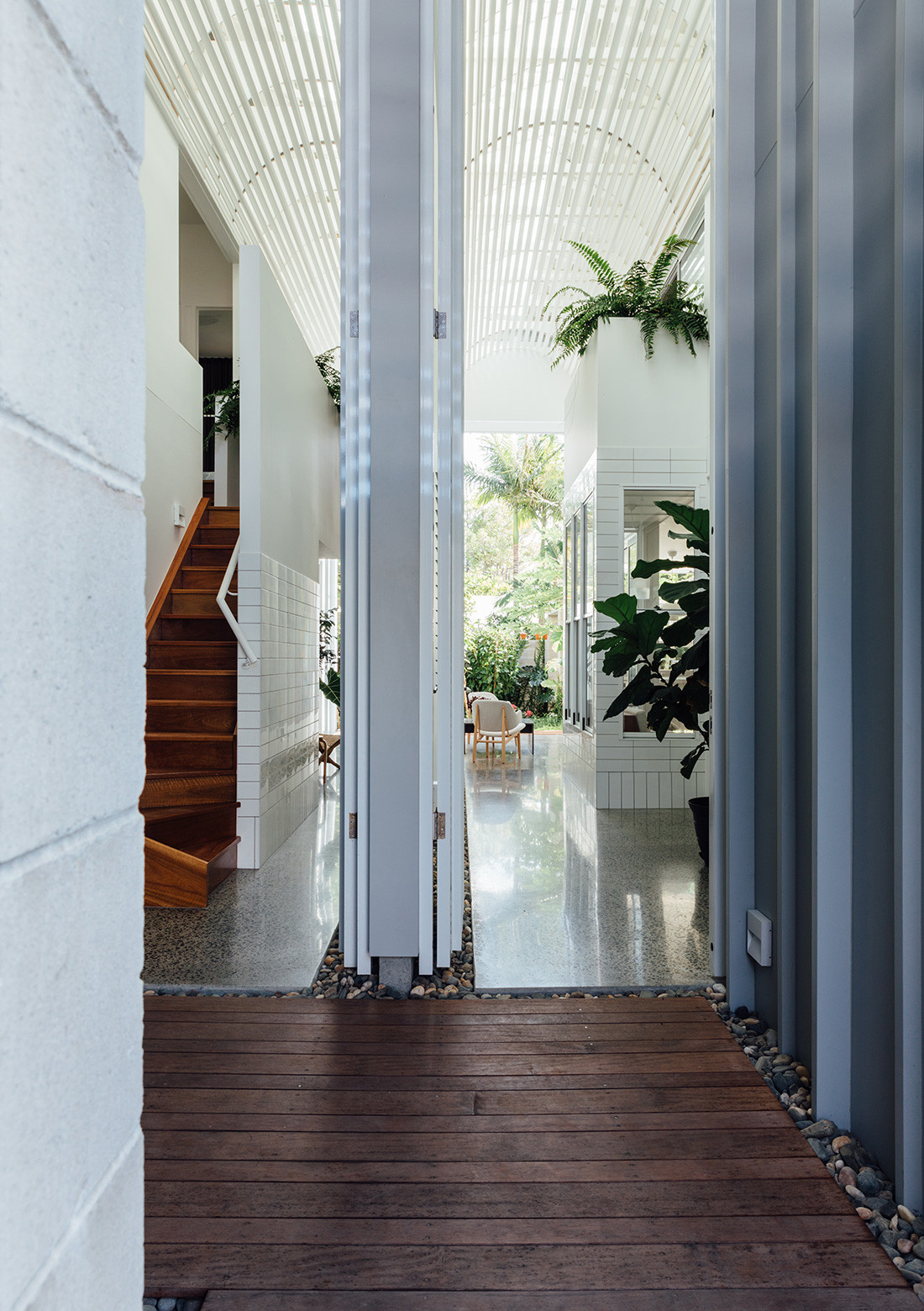With the Federal Budget released last month, much of the spotlight is on the money being poured into aged care, in light of the Royal Commission. As the ageing community continues its evolution towards being integrated into wider society, multi-generational households are on the rise nationwide, with the introduction of a Capital Gains Tax (CGT) exemption for the building of granny flats and tiny homes on Australian properties to be introduced by the Commonwealth on July 1 2021, provided it passes through Parliament. The projected increase in multi-generational housing is a flow-on effect from the COVID-19 pandemic, and it looks set to continue its rise, according to Hatch RobertsDay.
While the residence at the rear of some blocks is typically reserved for the grandparents, the economic fallout of the pandemic has meant a lot of youngsters have moved back into the family home as a result. Hatch RobertsDay Principal Craig Christensen says there are many factors for this occurrence.

“Some of the multi-generational housing increase can be attributed to the impact of COVID on the employment of young Australians and an increasingly expensive housing market,” he says.
“We already saw a significant portion of young Australians move back home to live with their families last year due to these impacts. It is also becoming more common for younger generations to stay at home longer and for extended families to live in the same household.”
A study conducted by the University of New South Wales found that 20 per cent of Australians live in a multi-generational household, with that number increasing to 25 per cent for Sydneysiders. Interestingly, the study was completed in January 2020, two months before the pandemic. With children staying home and the CGT exemption expected to be introduced, Christensen believes the percentage will only continue to climb.
“Living in a multi-generational house is likely to rise in the coming years. The population is getting older and there is a growing need for options that can better serve ageing Australians, particularly given the fact that a large proportion desire ageing in place and living with their families.”
Upon completion of the UNSW study, Senior Research Fellow Dr Edgar Liu said the national aged care debacle was a telling factor in the popularity of multi-generational housing, with a desire to keep close connection with loved ones a big reason for the shift away from ageing communities.

“There’s an aversion to moving into aged care for obvious reasons we see now, with the Aged Care Royal Commission, and policy-wise, the government doesn’t want people to move into institutions; they want people to live in the general community. So, more families are considering providing that care and support themselves,” he says in an article with the UNSW’s media arm.
The tax exemption is encouraging families to build granny flats, with a 2019 report carried out by property specialists CoreLogic and Archistar revealing the construction of a granny flat on an Australian block of land could increase a house’s value by up to 30 per cent. While the report is from 2019, with the continual rise of house prices post-pandemic, the increase in property value could potentially be higher in 2021 and beyond.

Hatch RobertsDay’s own research found that 583,440 properties in Sydney, Melbourne and Brisbane alone could build an additional self-contained unit of at least 60sqm. Christensen says that Australian’s can expect to see a growing trend whereby grandparents move into a granny flat or tiny house on their property – or a self-contained floor of the main house – while kids move into the main house with their families.
“Part of the Government’s 2021-22 budget will be to provide a capital gains tax exemption for granny flat arrangements. This will certainly lead to an increase in multigenerational households, as it removes a barrier for families to build granny flats on properties for their older family members.”

Keeping a close bond with family members is the main reason for the growth in multi-generational housing. Grandparents can spend more time with grandkids, as opposed to living away from the family hub in a different community. With the budget announced by Treasurer Josh Frydenberg this week, Christensen says we can expect the CGT exemption for granny flats and tiny homes to pass through the House of Reps in an effort to boost the economy, provide jobs and give all family generations the ability to live under the one roof.
So, how might design respond to the rise of multi-generational living, in Australia? We’d love to hear your thoughts [email protected]

Lead image, Vicki’s Place by Curious Practice, photo by Katherine Lu
We think you might like this multi-generational project in Singapore

